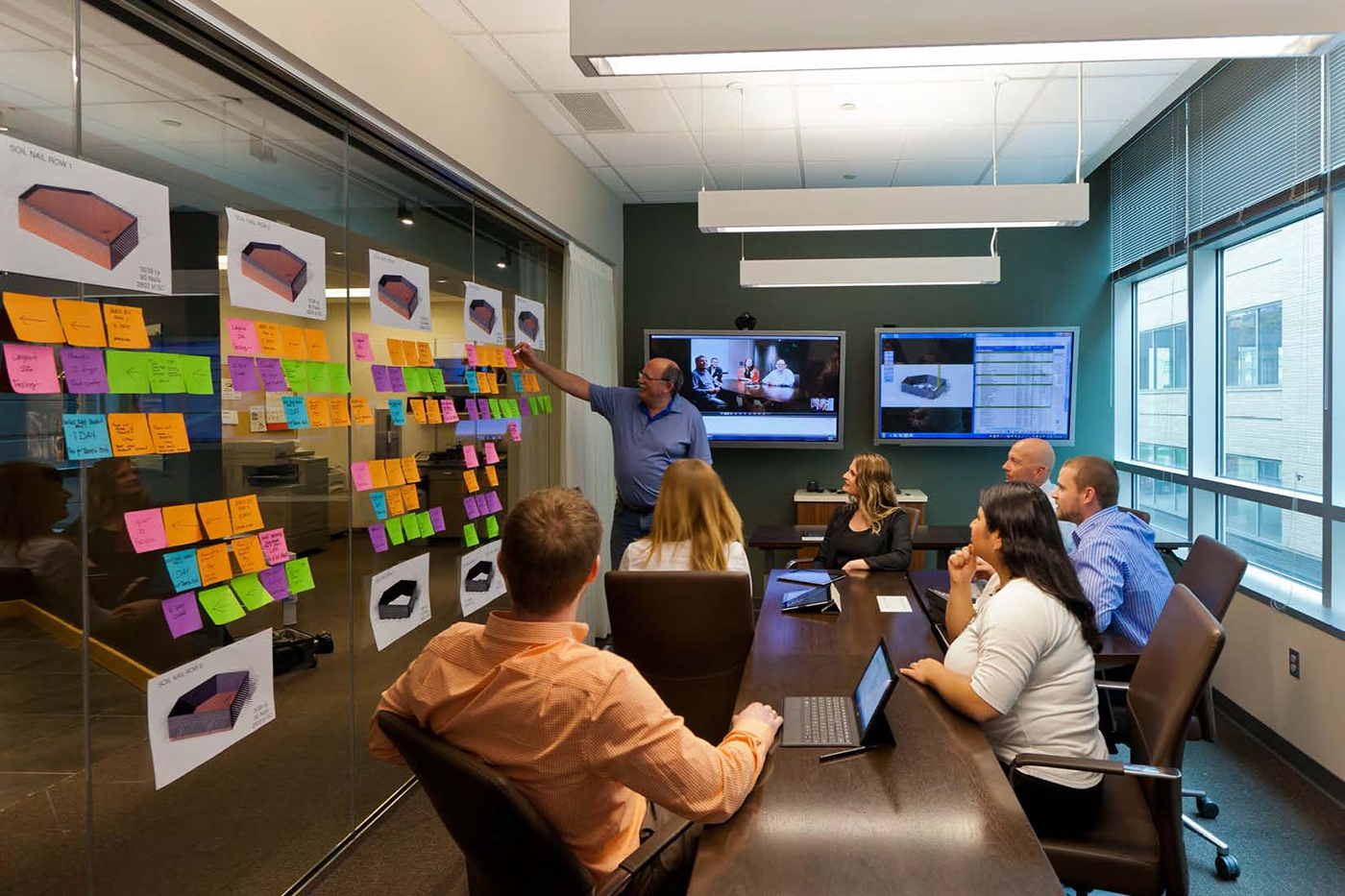When working together seems to be the toughest work
The 60% of the polled in the 2017 Construction Manager BIM survey agreed in the huge challenge the collaboration means to their projects

The UK industry needs to embrace BIM Level 2 along all the supply and demand chain by the year 2020 in order to fulfill the government's Construction 2025 proposals. However, there's still a lot of work to do regarding collaboration, a pending subject for all the actors of the sector. Let's work together, then!
Dr. Anne Kemp, chair of the UK BIM Alliance, explains there is two kind of industries. On one hand, we can find the "well-being ones" (or first BIM adopters) lead by the mandate for all the public sector projects, but with a new sophisticated way of using the tools and methodology. On the other hand, we find the "needy ones" that could be around the 90% (around 1.5 million workers) of the industry, that work mainly for SMEs and don't have resources enough to bet for larger projects. Maybe, we're being too presumptuous about this distance between both of them, but we can assure there is a gap still to be filled. Now, with the government's intention to jump from Level 2 to 3, we're afraid this distance will explode substantially. There is where the new UK BIM Alliance steps in, to make sure the whole industry embraces the BIM Level 2 and becomes the new way of business in three years to go.
Small and medium-sized enterprises, the engine for the standardization of BIM
There's still a lot of mistrust about BIM in the small businesses and firms. But, why? It is true that a digital transformation needs to be done in order to survive in the industry. As long as they are on Facebook, they buy in Amazon or play music in Spotify, they have to modernize their workflows as well. The benefits are a lot, but the initial expense to adopt it are still holding them back. Among the future improvements, we're talking about cost and time reducing, better clash detections and a wide range of possibilities to explore a better and sustainable building constructions. But it doesn't stop there. The benefits go on along the lifecycle of the actives, offering new and improved perks never seen before.
After all these benefits waiting for us, the main question to be asked now is... what is the problem? What aspect is holding the industry back? We have the industry that takes care of the 3D designs and the tools to manage information and the software brings a new range of specific information never seen before, could we be facing a problem of attitude? Is it the work between partners and the suppliers the real challenge?
Initially, BIM laid at the upstream reaches of a project, the actors (mainly architects and engineers) developed a wide range of protocols that didn't match the construction teams working down the line. Therefore, we have reached a cul-de-sac regarding BIM conversation, too technical and complicated and not focused in the valued proposition. The UK BIM Alliance has reached the conclusion in their paper BIM in the UK: Past, Present and Future, that BIM has been adopted more as a part of the design phase than a wide open information managing system, not optimized and integrated into a digital transformation strategy.

The early inclusion in the supply chain is vital to encourage a more collaborative environment and with that, will come to the rest. The urgency to create a digital representation of all the elements of the model with their features and attributes. An option rejected by the providers with low incomes, but that keeps to be recommended for all the actors of the process. If the use of BIM becomes more known and used, the chances to achieve a collaborative environment increase. It is still for the companies to trust new workflows, especially if the ones they have are already working well, but the change of mentality must come at the procurement stage. Only that way we will change the system. Especially for the clients, still reluctant to buy a collaborative approach, mainly because there is not a culture of a whole model of the project, in where we can see and interact with all phases integrated on it.
Therefore, the industry needs to find a way to offer the building owner an easy solution to collaborate with the rest of the chain users. In exchange, we will be talking about an environment where all the members can feel valued and contribute with more opinions. Talking about this during the first contract stage will take time, but well worth it, for example sending the models to the facilities management teams. If all the teams don't communicate with each other, we could be facing a problem later on in the project.
Source: http://www.bimplus.co.uk/people/when-collaboration-hardest-word/












